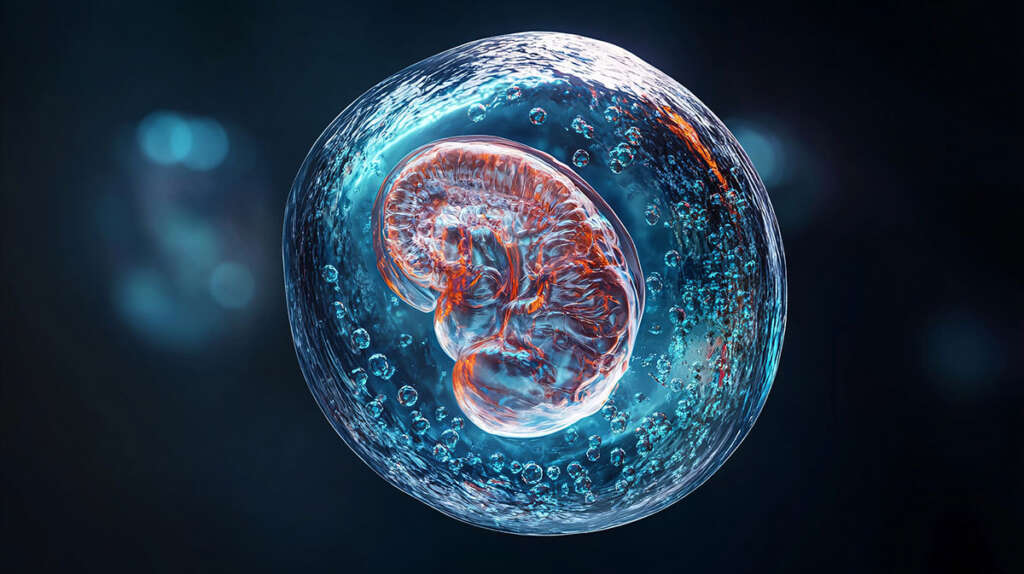The Amniotic Membrane
Also known as the Amnion and Chorion, is a thin layer that surrounds the developing baby within the womb during pregnancy. Here’s what you need to know:
Donation Process
Expectant mothers who undergo planned C-sections or vaginal births can voluntarily choose to donate their placenta which includes the amniotic membrane.
The process is safe and does not impact the health of the mother or baby.
Uses of Donated Amniotic Membrane
-
- Wound Coverings: The amniotic membrane contains cells and tissues that promote natural healing. It reduces inflammation, pain, and scar tissue formation, making it valuable for wound coverings.
- Diabetic Ulcers: Amniotic membrane products aid in treating challenging wounds, including diabetic foot ulcers.
- Sports Medicine: Athletes benefit from amniotic membrane-based treatments for injuries.
- Ophthalmology: It is used to treat eye injuries and promote healing.
- Burn Victims: Amniotic membrane plays a role in burn wound management.
- Spinal Procedures: Surgeons use amniotic membrane grafts in spine surgeries.
- Dental Procedures: Gum grafts and oral surgeries benefit from its regenerative properties.
- Advancing Medical Research: Donated amniotic membrane contributes to scientific research, helping find new treatments for various medical conditions
Voluntary and Impactful:
Donating the placental amniotic membrane is entirely voluntary and does not interfere with the delivery of the baby.
Expectant mothers who choose to donate play a vital role in improving the lives of others.
Remember, this seemingly humble afterbirth—once discarded—becomes a powerful resource for healing and medical advancement. If you have more questions, feel free to ask!




